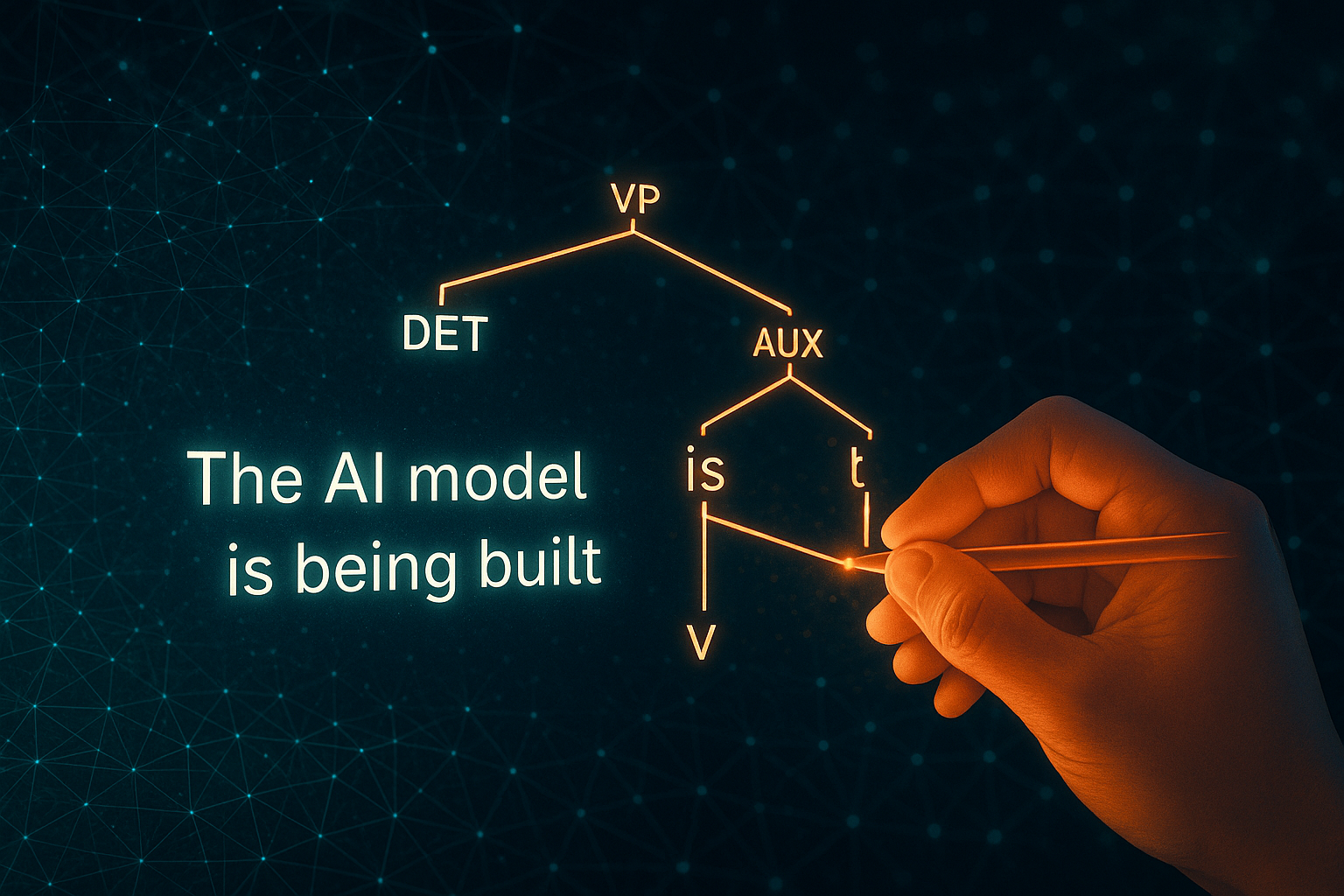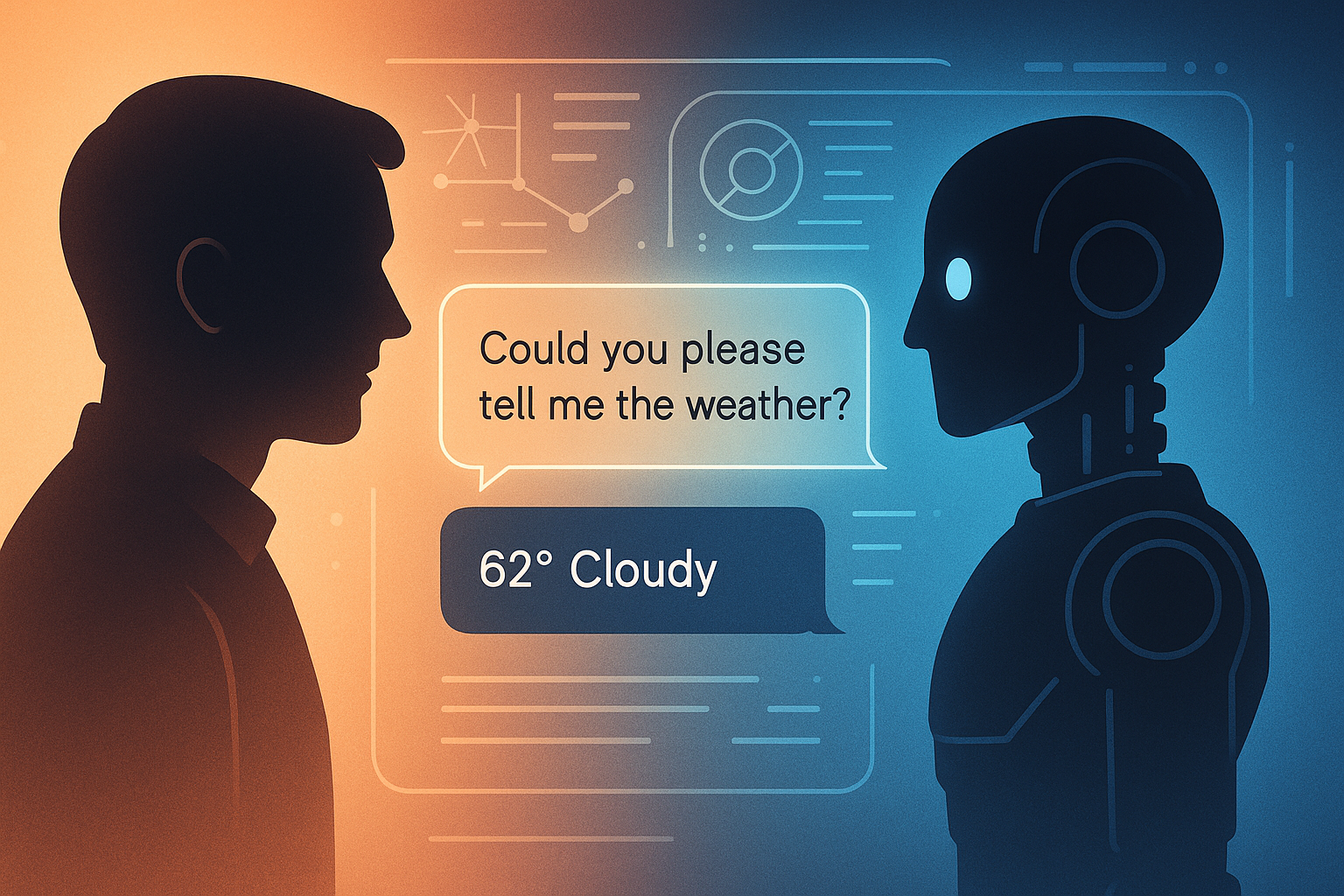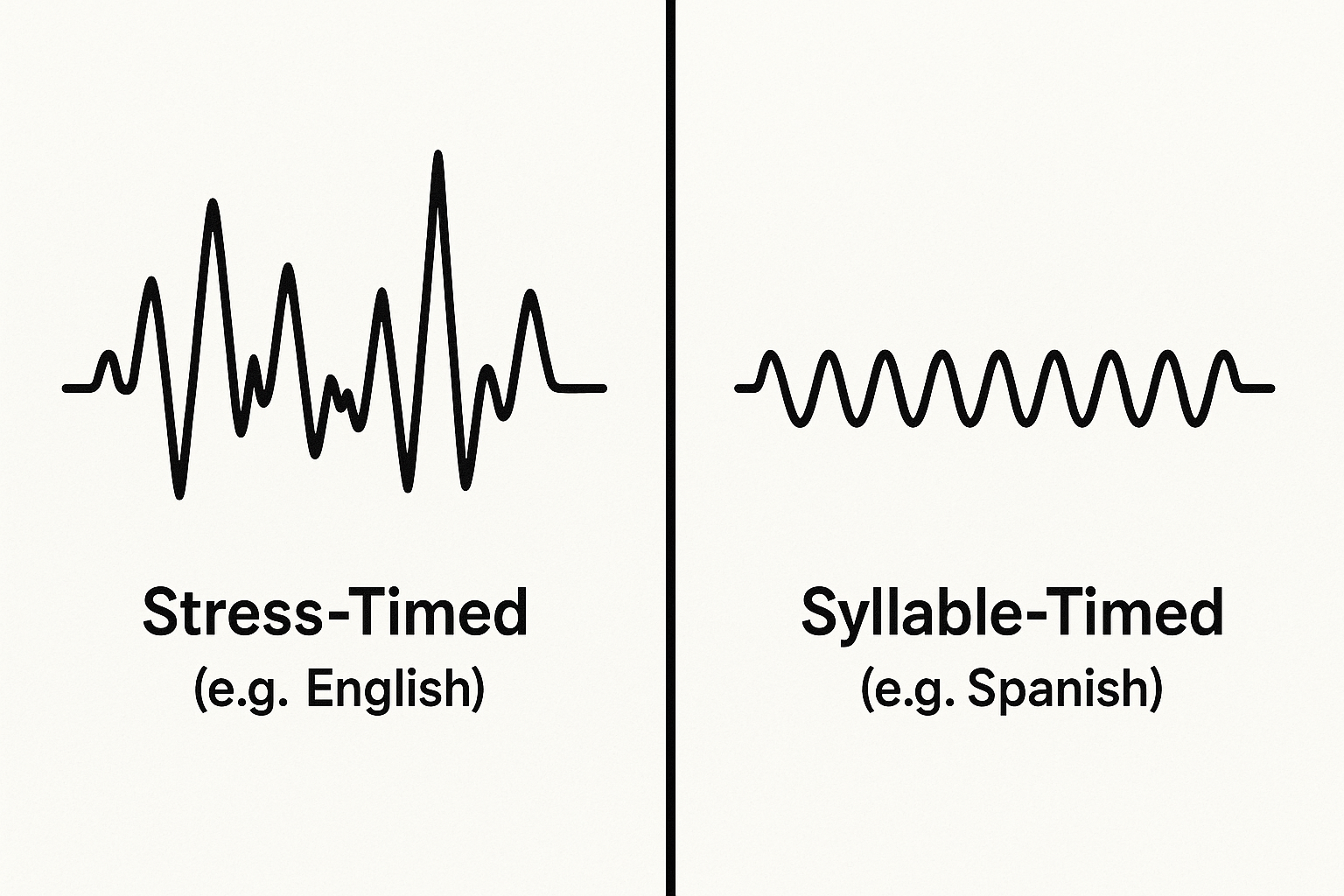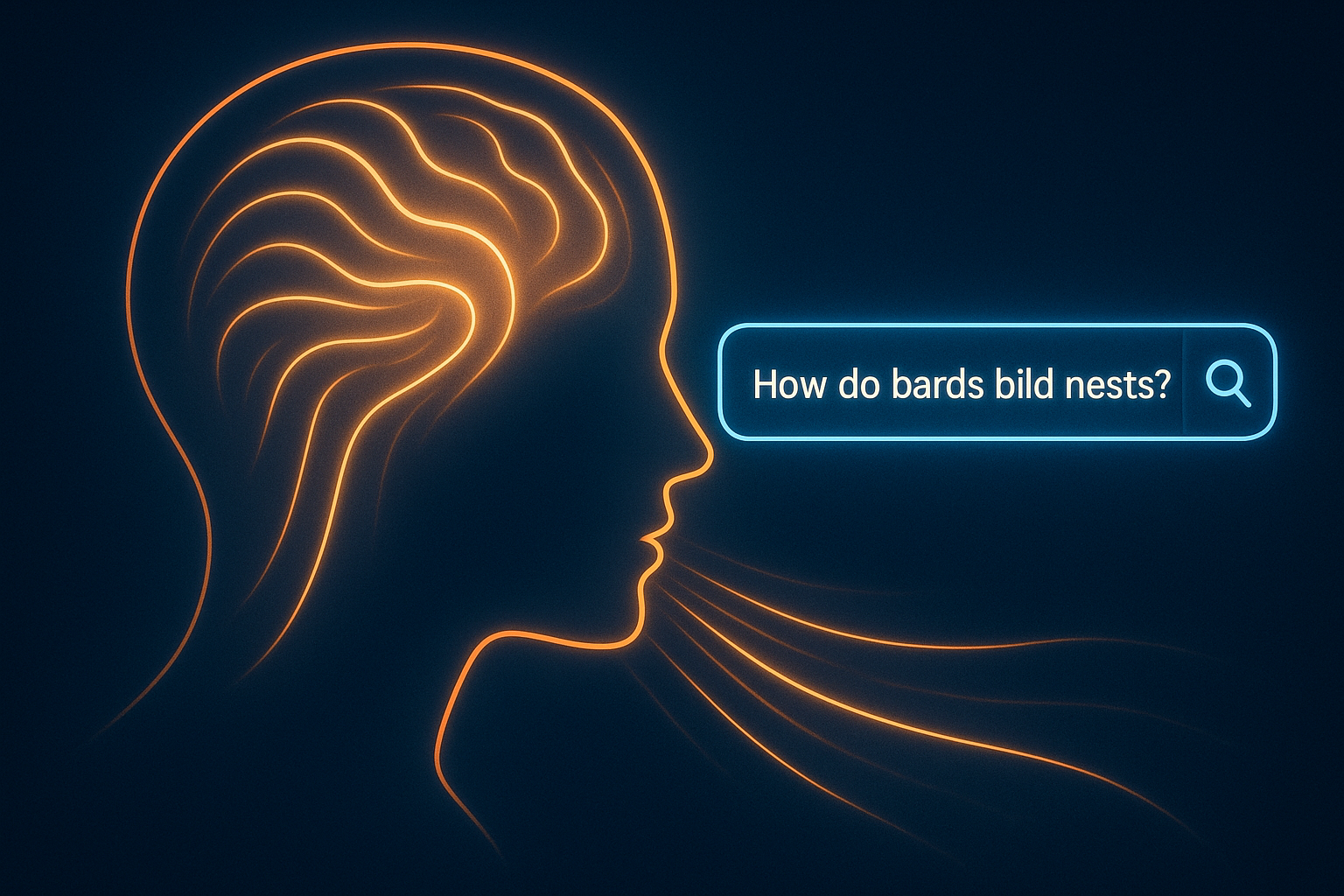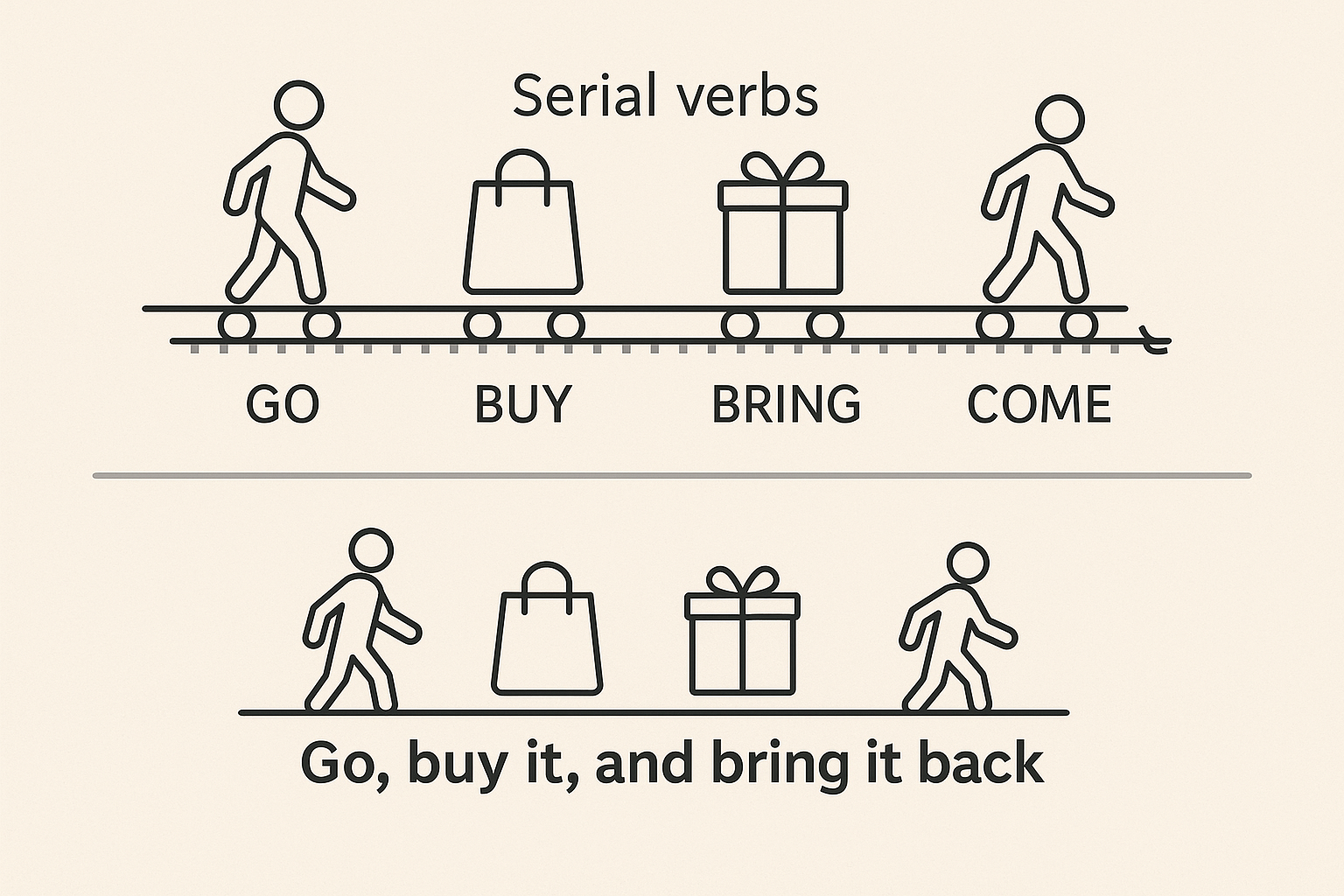The Chinese Room: Can a Machine Ever Understand?
John Searle’s famous “Chinese Room” thought experiment poses a timeless challenge to the idea of a truly thinking machine. By exploring the crucial difference between manipulating linguistic symbols (syntax) and truly grasping their meaning (semantics), it forces us to ask a profound question: even if an AI can speak our language perfectly, will it ever truly understand?


